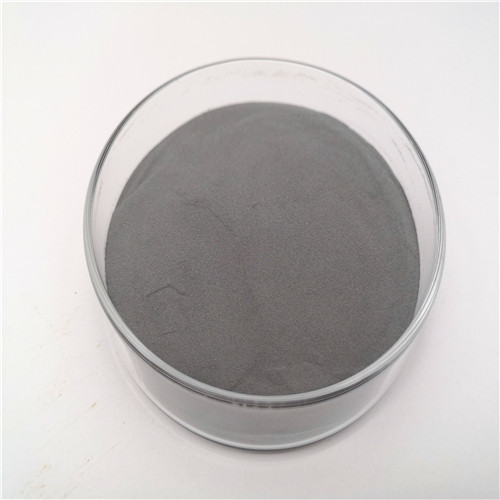Types and definitions of corrosion
In many industrial applications, stainless steel can provide today's satisfactory corrosion resistance. According to experience in use, in addition to mechanical failure, the corrosion of stainless steel is mainly manifested in: a serious form of corrosion of stainless steel is localized corrosion (ie stress corrosion cracking, pitting corrosion, intergranular corrosion, corrosion fatigue and crevice corrosion) .
Stress Corrosion Cracking (SCC): A general term that refers to the mutual failure of stress-bearing alloys due to the expansion of streaks in a corrosive environment. Stress corrosion cracking has a brittle fracture morphology, but it may also occur in materials with high toughness. The necessary condition for stress corrosion cracking is the existence of tensile stress (whether it is residual stress or applied stress, or both) and a specific corrosive medium. The formation and expansion of the pattern is roughly perpendicular to the direction of tensile stress. This stress value that causes stress corrosion cracking is much smaller than the stress value required for material fracture when there is no corrosive medium. Microscopically, the cracks passing through the grains are called transgranular cracks, and the cracks extending along the grain boundary are called intergranular cracks. When the stress corrosion cracking extends to a certain depth (here, the cross-section of the material under load When the stress reaches its breaking stress in the air), the material will be broken according to normal cracks (in ductile materials, usually through the aggregation of microscopic defects).

Corrosion resistance of various stainless steels
304: It is a universal stainless steel, which is widely used to make equipment and parts that require good comprehensive performance (corrosion resistance and formability).
304L: It is a variant of 304 stainless steel with lower carbon content, used in occasions where welding is required. The lower carbon content minimizes the precipitation of carbides in the heat-affected zone near the weld, and the precipitation of carbides may cause stainless steel to produce intergranular corrosion (welding erosion) in certain environments.
316 and 317: Type stainless steel contains aluminum, so its resistance to pitting corrosion in marine and chemical industrial environments is much better than that of 304 stainless steel. Among them, the 316 stainless steel variants include low-carbon stainless steel 316L, nitrogen-containing high-strength stainless steel 316N, and free-cutting stainless steel 316F with higher sulfur content.
About KMPASS
KMPASS is a trusted global chemical material supplier & manufacturer with over 12 years experience in providing super high-quality chemicals and Nanomaterials. The company export to many countries, such as USA, Canada, Europe, UAE, South Africa, Tanzania, Kenya,Egypt,Nigeria,Cameroon,Uganda,Turkey,Mexico,Azerbaijan,Belgium,Cyprus,Czech Republic,Brazil, Chile, Argentina, Dubai, Japan, Korea, Vietnam, Thailand, Malaysia, Indonesia, Australia,Germany, France, Italy, Portugal etc. As a leading nanotechnology development manufacturer, KMPASS dominates the market. Our professional work team provides perfect solutions to help improve the efficiency of various industries, create value, and easily cope with various challenges. If you are looking for Stainless Steel powder, please send an email to: sales2@nanotrun.com



